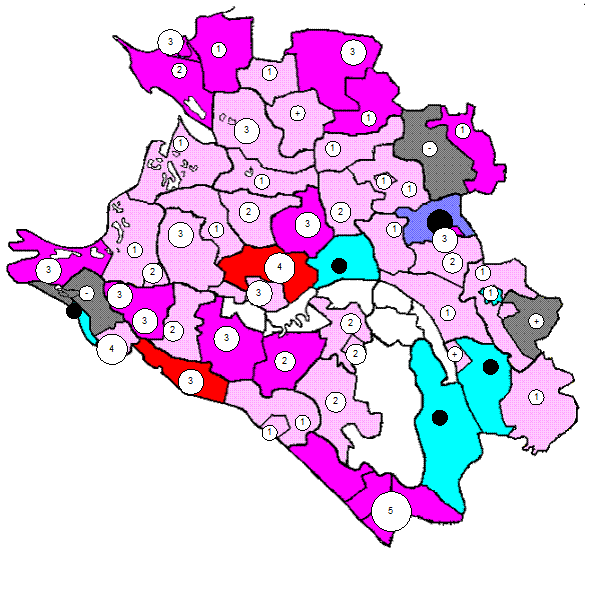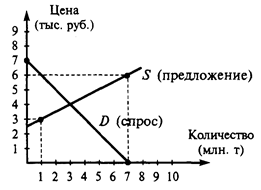 The wooden fort of Omsk was erected in 1716 to protect the expanding Russian frontier, along the Ishim and the Irtysh rivers against the Kyrgyz nomads of the Steppes. In the late 1700s, stronger works of brick were erected on the right bank of the Om, of these, the original Tobolsk and the restored Tara gates still stand, along with the original German Lutheran Church, an armoury, a military jail, and commandant's house.
The wooden fort of Omsk was erected in 1716 to protect the expanding Russian frontier, along the Ishim and the Irtysh rivers against the Kyrgyz nomads of the Steppes. In the late 1700s, stronger works of brick were erected on the right bank of the Om, of these, the original Tobolsk and the restored Tara gates still stand, along with the original German Lutheran Church, an armoury, a military jail, and commandant's house.
 In the 19th and early 20th century, Omsk became the administrative center of Western Siberia and the Steppes
In the 19th and early 20th century, Omsk became the administrative center of Western Siberia and the Steppes  (Kazakhstan). It acquired a few churches and cathedrals of various denominations, mosques, a synagogue, the governor-general's mansion, a military academy. Ink was joked to have been sold by the buckets. As the frontier receded and military importance diminished, the town fell into lethargy. It was during the mid-1800s. That was the time when Dostoevsky lived and wrote in exile here.
(Kazakhstan). It acquired a few churches and cathedrals of various denominations, mosques, a synagogue, the governor-general's mansion, a military academy. Ink was joked to have been sold by the buckets. As the frontier receded and military importance diminished, the town fell into lethargy. It was during the mid-1800s. That was the time when Dostoevsky lived and wrote in exile here.
Answer the questions to the text.
1. What for was the wooden fort of Omsk erected?
2. What works were erected on the right bank of the Om in the late 1700s?
3. Why do you think Omsk became an administrative centre of Western Siberia in the 19th century?
Work with your partner.


| Dates
| Places
| Rivers
| Buildings
|
|
|
|
|
|
|
|
|
|
|
|
|
|
|
|

 The wooden fort of Omsk was erected in 1716 to protect the expanding Russian frontier, along the Ishim and the Irtysh rivers against the Kyrgyz nomads of the Steppes. In the late 1700s, stronger works of brick were erected on the right bank of the Om, of these, the original Tobolsk and the restored Tara gates still stand, along with the original German Lutheran Church, an armoury, a military jail, and commandant's house.
The wooden fort of Omsk was erected in 1716 to protect the expanding Russian frontier, along the Ishim and the Irtysh rivers against the Kyrgyz nomads of the Steppes. In the late 1700s, stronger works of brick were erected on the right bank of the Om, of these, the original Tobolsk and the restored Tara gates still stand, along with the original German Lutheran Church, an armoury, a military jail, and commandant's house. In the 19th and early 20th century, Omsk became the administrative center of Western Siberia and the Steppes
In the 19th and early 20th century, Omsk became the administrative center of Western Siberia and the Steppes  (Kazakhstan). It acquired a few churches and cathedrals of various denominations, mosques, a synagogue, the governor-general's mansion, a military academy. Ink was joked to have been sold by the buckets. As the frontier receded and military importance diminished, the town fell into lethargy. It was during the mid-1800s. That was the time when Dostoevsky lived and wrote in exile here.
(Kazakhstan). It acquired a few churches and cathedrals of various denominations, mosques, a synagogue, the governor-general's mansion, a military academy. Ink was joked to have been sold by the buckets. As the frontier receded and military importance diminished, the town fell into lethargy. It was during the mid-1800s. That was the time when Dostoevsky lived and wrote in exile here.




